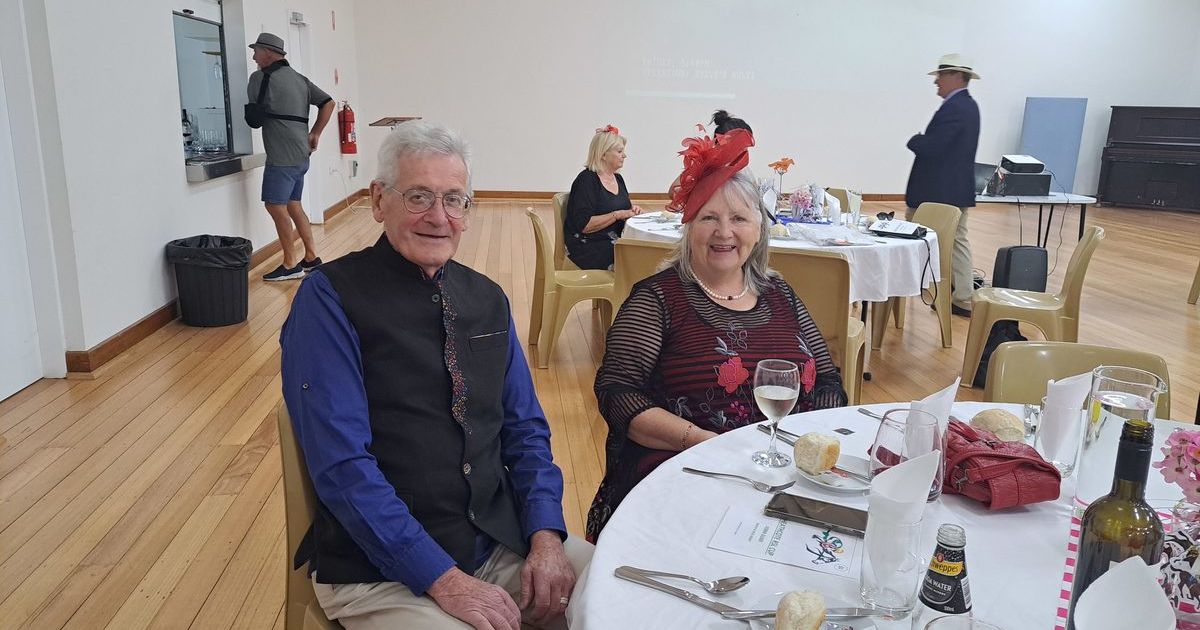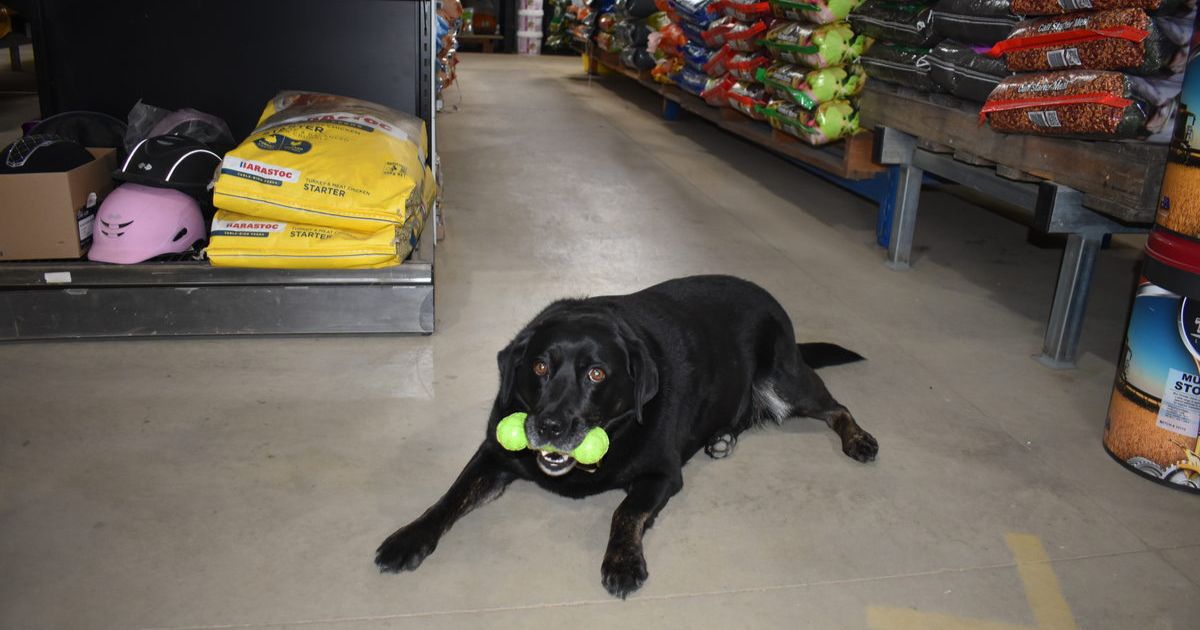The Boer War: fighting for queen and empire

Heathcote's first war memorial was originally erected to commemorate the loss of local men in the Boer War. Photo: BARBARA SUNGAILA
AS Australia stood on the brink of nationhood in the late 1890s, it also became involved in armed conflict for the first time.
The Boer War of 1899-1902 set the British against the two Boer republics: the South African Republic and the Orange Free State.
Boers were descendants of German, French Huguenot and Dutch settlers who arrived in Southern Africa from the mid-1650s and they were mainly farmers.
The discovery of diamonds in the 1860s and gold in the 1880s saw a rapid influx of British people into Boer territories and tensions simmered between the nations for several years.
They reached boiling point in October 1899, tipping them into war.
Several men from the Heathcote region fought with both colonial and British units, and local interest in the conflict was high.
The memorial, in front of the old shire hall in High Street, Heathcote, commemorates Private Willie Aitken who was killed at the battle of Colenso in South Africa on 15 December 1899.
A lengthy tribute to the fallen soldier was published in the McIvor Times in February 1900.
“The war in South Africa has brought sorrow to many a home,” it said, “and it is our painful duty to have to chronicle the death whilst nobly fighting for his country of a former resident of this town – Mr Willie Aitken.
“The deceased was so well known here that his death at an early period of the war came as a sad blow both to his sorrowing relatives and all who knew him so well and esteemed him for his manly qualities.”
Aitken was born in Heathcote, where he completed an apprenticeship in saddlery.

He left to seek his fortune in South Africa in the 1890s, originally settling in Johannesburg where he worked in a mine.
When war broke out, he enlisted in the South African Imperial Light Horse in Cape Town as a saddlery sergeant.
He later joined Thorneycroft’s Mounted Infantry, formed by Major Alexander Thorneycroft of the Royal Scots Fusiliers.
His initial wounds at Colenso were mild, according to the McIvor Times.
“He was being carried off that field by Lieutenant Ponsonby when a bullet struck him in the heart, killing him instantly,” it reported.
“That so promising a life should have been cut off in such a manner is very sad, but it is some consolation to his sorrowing relatives to know that he fell whilst fighting for his Queen and country, as so many of his fellow colonists are now doing.”
At this point the faraway battle became distinctly more personal for many district residents.
Several other local men were in active combat, but this was the first death among them.
Meanwhile, a British contingent at Mafeking had held off Boer attackers for just over seven months until more than 2000 soldiers came to their rescue on 17 May 1900.
The Heathcote reaction to what was referred to as “the relief of Mafeking” was enormous.
As news reached the town at noon on Saturday 19 May, the festivities began – mirroring celebrations across the country.

Flags were hoisted, red, white and blue rosettes were donned, and bunting festooned local businesses.
“Exactly at 8 o’clock pm, a volley of rifle shots, fired at the police station, heralded the commencement of the evening’s loyal display,” the McIvor Times reported.
“A huge tar barrel was set alight in front of the shire hall and the glare from it lit up the street for some distance.”
The brass band played until it could play no more and the residents’ patriotic fervour descended into raucous partying.
Three days later, the eagerness to continue these celebrations resulted in a crowded public meeting.
According to the McIvor Times, the Rev J Carrington reflected on why this particular event had struck such a chord with everyone.
“When Mafeking was isolated, the inhabitants had to face famine, disease, disappointments again and again, waiting to be relieved, and not relieved still for two hundred and nine days they stood out so bravely, and so calmly, it was no wonder that the whole Empire burst into thanksgiving,” he said.
“It was an honour to belong to a nation that could produce such men as these.”
About 16,000 Australians served in the Boer War and 282 died in action or from battle wounds.
Sickness took another 286, and a further 38 died from other causes.
Costerfield resident William Creelman, a corporal in the Australian Imperial Regiment, died from enteric fever (typhoid) at Enkledoorn, South Africa, in September 1900 and he is also remembered on the monument outside the old shire hall.

















